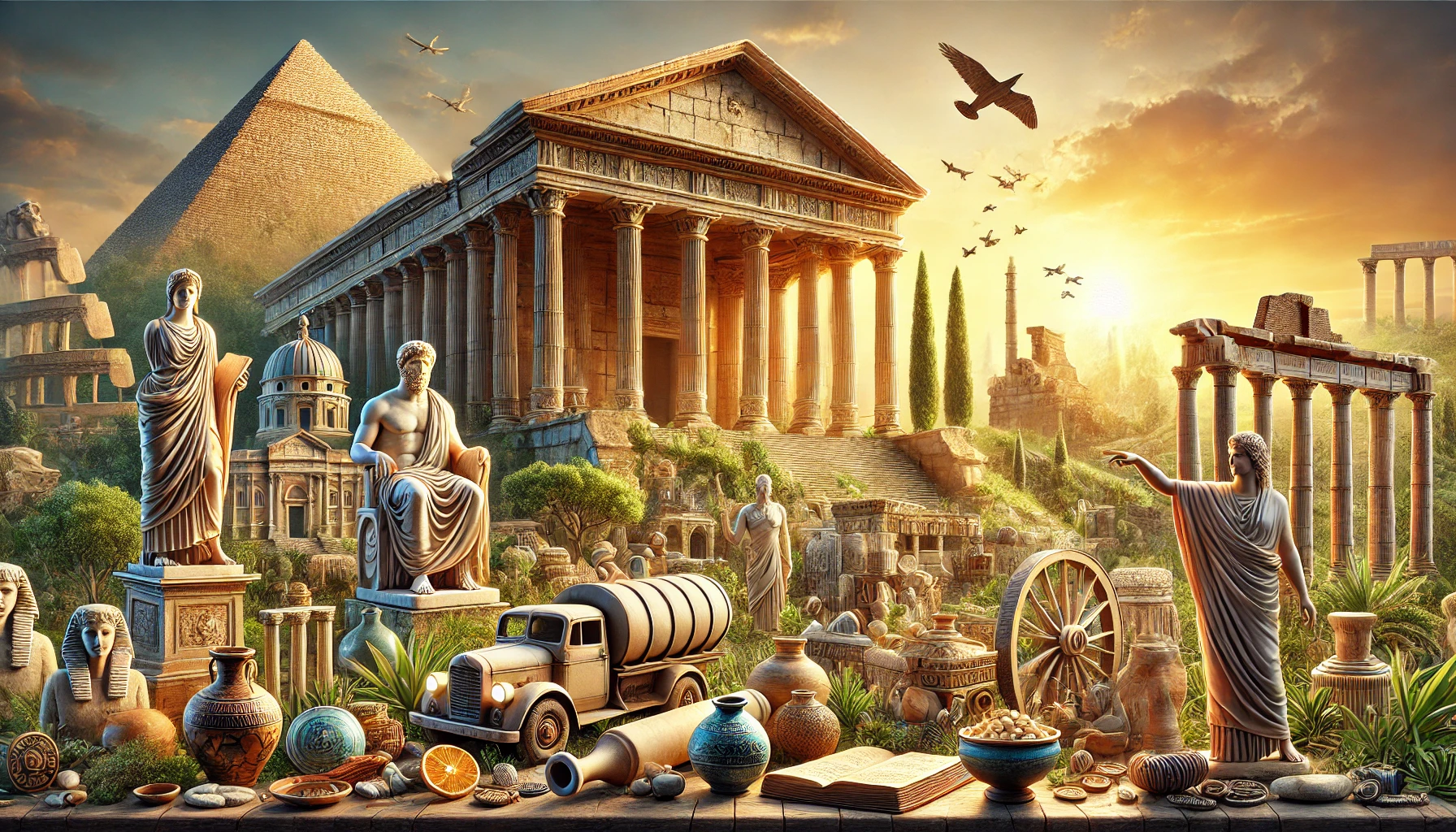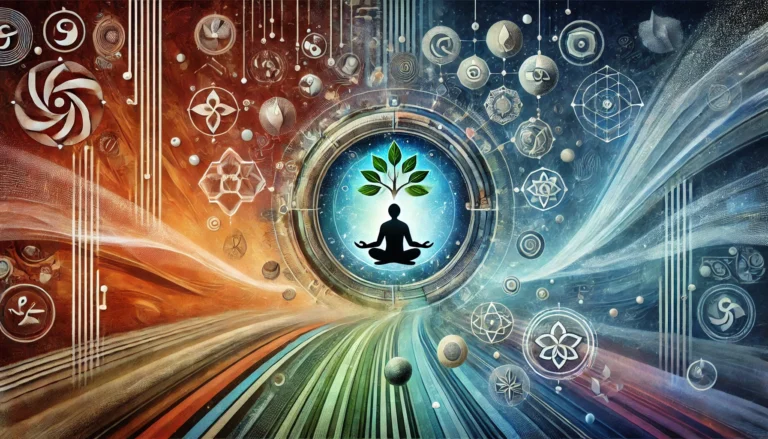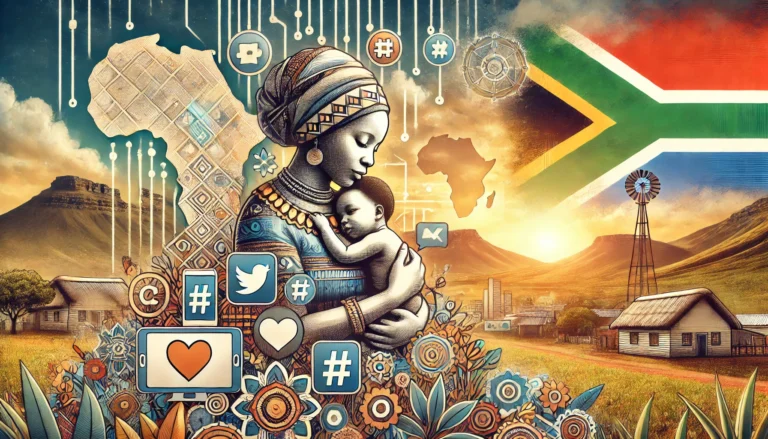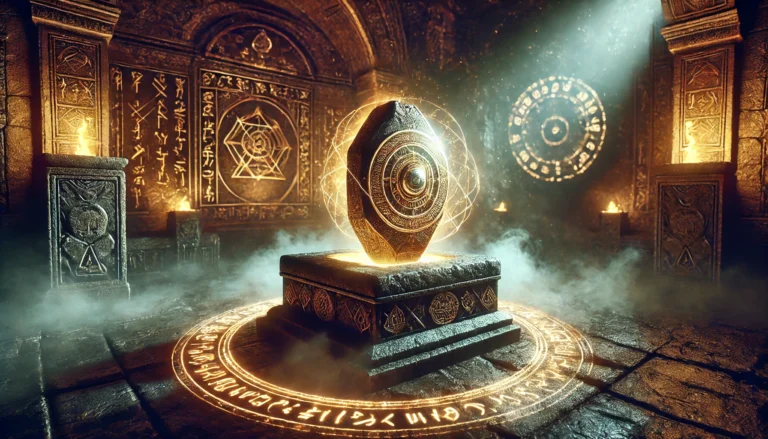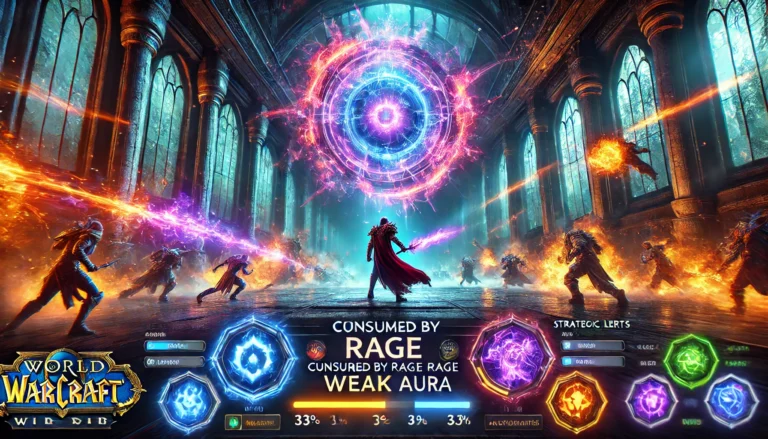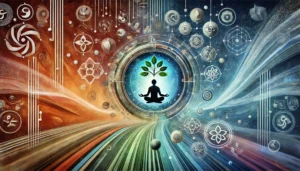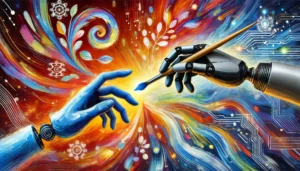Introduction
Antiquità, the timeless treasures of ancient civilizations, connects us with the past through artifacts, monuments, and relics that have shaped the course of human history. These fascinating remnants offer insights into the lives, innovations, and cultures of our ancestors, revealing how they navigated their world and built the foundation for modern society. Understanding and preserving antiquità not only helps us celebrate our collective heritage but also inspires us to appreciate the enduring creativity of humanity.
What Is Antiquità?
Antiquità refers to the cultural and historical artifacts left behind by ancient civilizations. These items include everything from architectural marvels like temples and amphitheaters to written records and everyday tools. Such relics provide a tangible connection to the past, enabling us to piece together the stories of ancient peoples. Whether it’s an intricately carved statue or a crumbling ruin, antiquità bridges the gap between history and the present.
Why Is Antiquità Important?
The significance of antiquità lies in its ability to preserve human history and culture. These artifacts tell us how societies evolved, what they valued, and how they influenced each other. Beyond historical interest, antiquità also has practical implications for modern design, governance, and philosophy. By studying these treasures, we gain a deeper understanding of ourselves and our shared legacy.
Types of Antiquità
Architectural Antiquità
Monuments like the Parthenon in Greece and the Great Pyramids of Egypt showcase the engineering brilliance and cultural priorities of ancient societies. These structures were often designed for religious, political, or societal purposes, and their designs still influence modern architecture.
Artifacts and Relics
Everyday items such as tools, coins, pottery, and jewelry reveal the daily lives of ancient people. For instance, Roman coins provide insights into their economy, while Greek pottery illustrates their mythology and artistic sensibilities.
Written Records
Texts like the Rosetta Stone and the Dead Sea Scrolls help decode ancient languages and beliefs. These writings are invaluable for understanding the thoughts and governance systems of early civilizations.
Famous Discoveries of Antiquità
Pompeii
The ancient Roman city of Pompeii, preserved under volcanic ash, offers a vivid snapshot of life in 79 AD. Its rediscovery has been instrumental in understanding Roman culture and urban planning.
Terracotta Army
Discovered in 1974, the life-sized clay soldiers buried with Emperor Qin Shi Huang in China showcase the artistry and military practices of ancient China.
Tutankhamun’s Tomb
The discovery of the young pharaoh’s tomb in Egypt revealed a wealth of treasures, including his iconic golden mask, providing insights into ancient Egyptian beliefs and burial practices.
The Global Influence of Antiquità
Beyond the Mediterranean
While antiquità often conjures images of Greek, Roman, and Egyptian civilizations, other cultures like the Indus Valley, Mesoamerica, and ancient China also contributed significantly. These societies were innovators in areas such as astronomy, architecture, and governance. The interconnectedness of these civilizations highlights the universality of human ingenuity.
On Modern Society
Many aspects of modern life draw inspiration from antiquità. Architectural designs, artistic expressions, and even democratic governance trace their roots to ancient civilizations. The influence of Greek philosophy and Roman engineering, for example, remains evident in contemporary education and infrastructure.
How Antiquità Shapes Modern Culture
Antiquità continues to inspire creative and cultural practices today. Designers and architects often incorporate classical elements into their work, while philosophers revisit ancient texts to address modern dilemmas. Even popular media draws heavily from ancient myths and legends, keeping these stories alive for new generations.
Challenges in Preserving Antiquità
Environmental Threats
Natural factors like weathering, pollution, and climate change pose significant risks to ancient sites and artifacts. These environmental changes accelerate the degradation of monuments and relics, requiring urgent intervention.
Human Activity
Illegal excavations, looting, and urban development also threaten the preservation of antiquità. Unethical trade in antiquities often results in the loss of cultural heritage for the communities where these treasures originate.
Conservation Techniques
Modern technology, such as 3D scanning and digital modeling, has become essential in preserving antiquità. These tools allow experts to document and restore artifacts without causing further harm, ensuring their survival for future generations.
Modern Innovations in Accessing Antiquità
Virtual Reality and AR
Virtual tours of ancient sites make antiquità accessible to people worldwide. Technologies like virtual reality (VR) allow users to explore places like the Colosseum or Machu Picchu without physically being there.
3D Printing
Replicas created using 3D printing enable researchers to study artifacts closely and even allow museums to showcase fragile items without risking their damage.
The Economics of Antiquità
Tourism
Ancient sites attract millions of tourists annually, significantly boosting local economies. Iconic landmarks like the Acropolis or the Great Wall of China are vital to cultural tourism.
Ethical Considerations
While antiquità generates revenue, ethical concerns arise regarding the repatriation of artifacts taken during colonization. Many countries are now advocating for the return of these cultural treasures to their rightful places.
FAQs
What is the meaning of antiquità?
Antiquità refers to ancient artifacts, monuments, and relics that hold historical and cultural significance.
Why is antiquità important?
Antiquità helps us understand our history, culture, and shared legacy while inspiring modern creativity and innovation.
How is antiquità preserved?
Preservation efforts include modern technologies like 3D scanning, digital modeling, and careful conservation practices to protect artifacts and sites.
What challenges does antiquità face?
Key challenges include environmental degradation, looting, and ethical concerns regarding the repatriation of cultural artifacts.
How does antiquità influence modern society?
From architecture to governance, the influence of antiquità is evident in modern designs, artistic expressions, and philosophical ideas.
Conclusion
Antiquità is more than a collection of relics; it is a vital bridge to our past and an enduring source of inspiration for our future. By studying and preserving these ancient treasures, we honor the creativity and resilience of human civilization. Whether through architectural wonders, philosophical insights, or technological innovations, antiquità continues to shape the way we live, think, and connect with one another.

